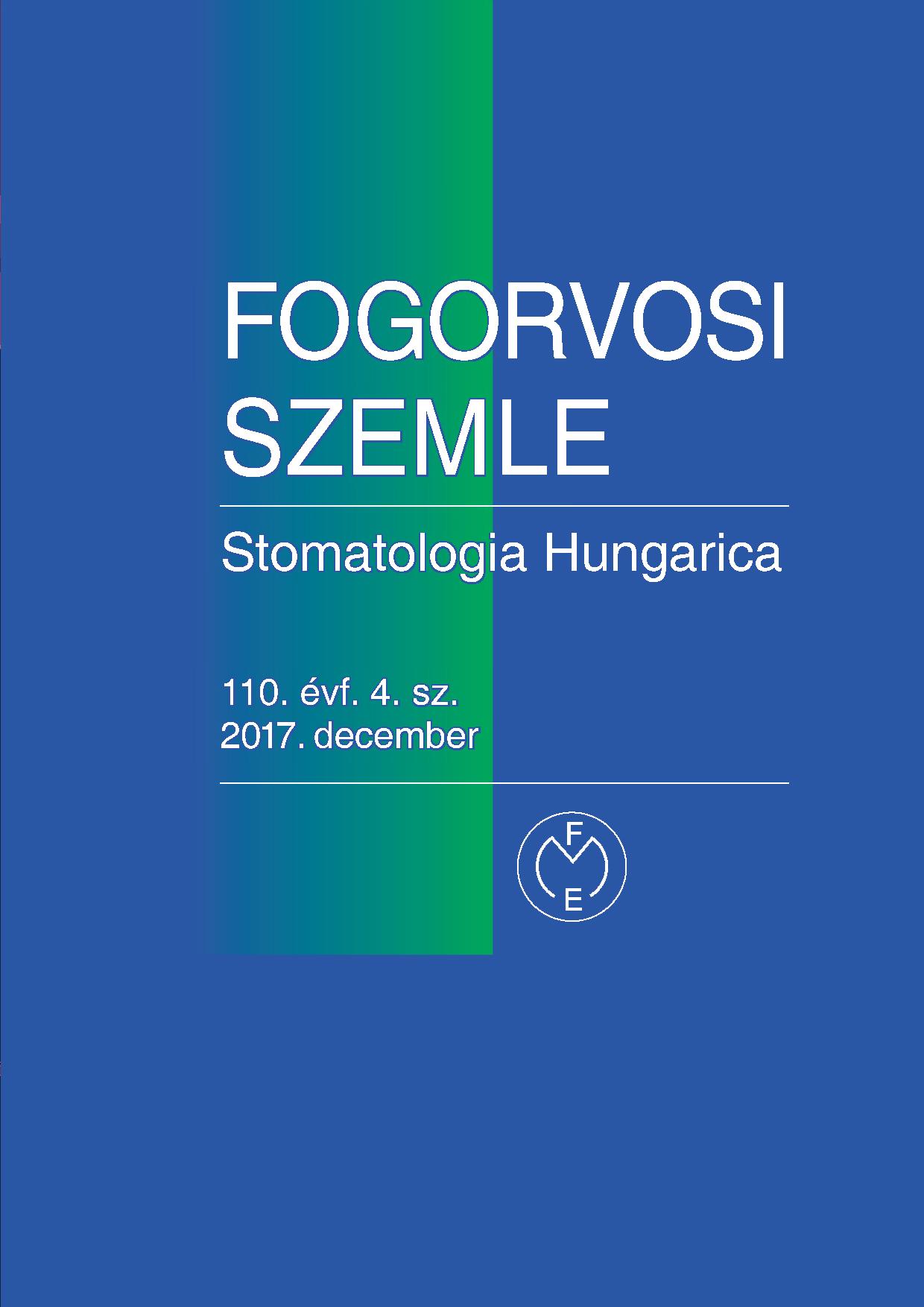The combined surgical-restaurative correction of Miller I–II gingival recessions associated with non-carious cervical lesions – a randomized controlled clinical study – 6 months results
Abstract
Background: The aim of this randomized split mouth clinical study was to evaluate the treatment of gingival recession, associated with non-carious cervical lesions (NCCL) by modified coronally advanced flap (MCAF) combined either with a subepithelial connective tissue graft (SCTG) or enamel matrix derivative (EMD) on the control sites, or in combination with a novel resin-modified glass ionomer restoration on the test sites.
Materials and Methods: Twenty patients presenting forty symmetric Miller Class I/II buccal gingival recessions, associated with NCCL, were included in the study. The NCCL on one side was randomly selected for restorative therapy by a
nanofilled resin coated glass ionomer cement (GIC) (Equia®, GC) (test; T), while the other side was untreated (control; C).
Both sites were further randomly assigned either to receive MCAF+SCTG or MCAF+EMD surgery. Absolute (AGR) and relative (RGR) gingival recession, clinical attachment level (CAL) and cervical lesion height (CLH) and width (CLW) probing pocket depth (PPD), bleeding on probing (BOP) and dentin hypersensitivity (DH) were measured at baseline and
6 months after treatment.
Results: Both surgical techniques both on the test and control sites resulted in statistically significant (p < 0,05) reduction of NCCL, AGR, GRW, gains in CAL and soft tissue coverage. The differences between groups were not statistically significant in the magnitude of soft tissue coverage with the exemption of MCAF+EMD group where the average coverage was significantly less compared to the other three subgroups. The percentages of covered CLH on the test sites were 40,0 ±32,0% for EMD, while 76,92 ±19,23% for the SCTG subgroup. On the contrary, there was no significant difference on the control sites treated either with EMD (66,66 ±35,0%) or SCTG (73,07 ±21,93%). on the test sites treated with SCTG. The mean BOP scores showed statistically significant increase in the T comparing to C sites. The average postoperative PPD scores were clinically but not statistically higher (p = 0,057) on the T compared to the C sites, while SCTG treated groups showed statistically significantly higher scores compared to EMD groups. DH decreased statistical significantly on T and C sites in SCTG group and T sites in EMD group, but the decrease at the C sites of EMD group was not statistically significant.
Conclusion: Within the limits of the present study, it can be concluded that both surgical procedures provide comparable soft tissue coverage both on the test sites filled with GIC and also on the untreated control sites. The MCAF combined with EMD without GIC filling could not provide statistically significant decrease in DH. The GIC placed subgingivally may result in increase of PPD and BOP that indicate gingival inflammation.
Copyright (c) 2021 Authors

This work is licensed under a Creative Commons Attribution 4.0 International License.


.png)




1.png)



